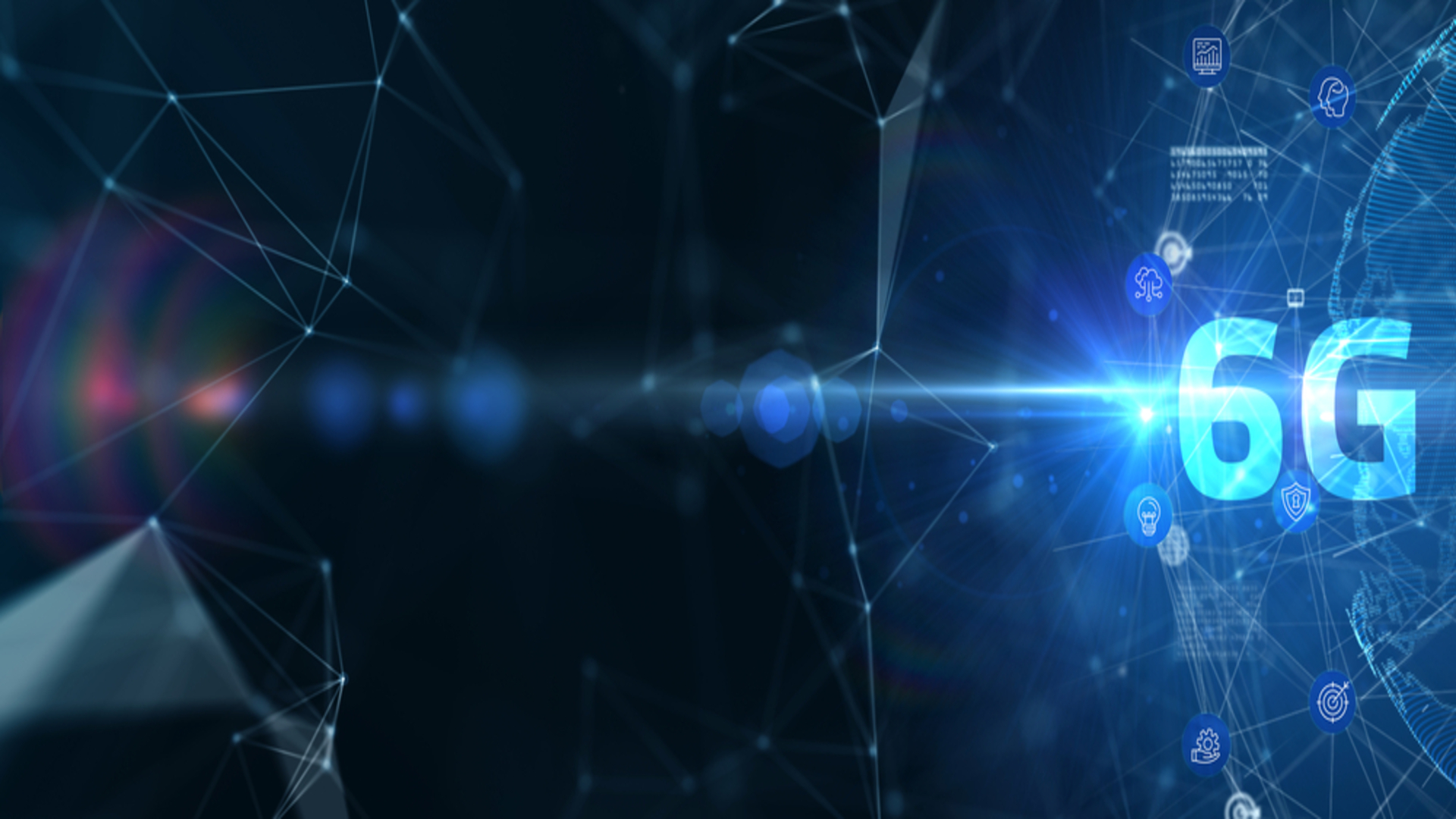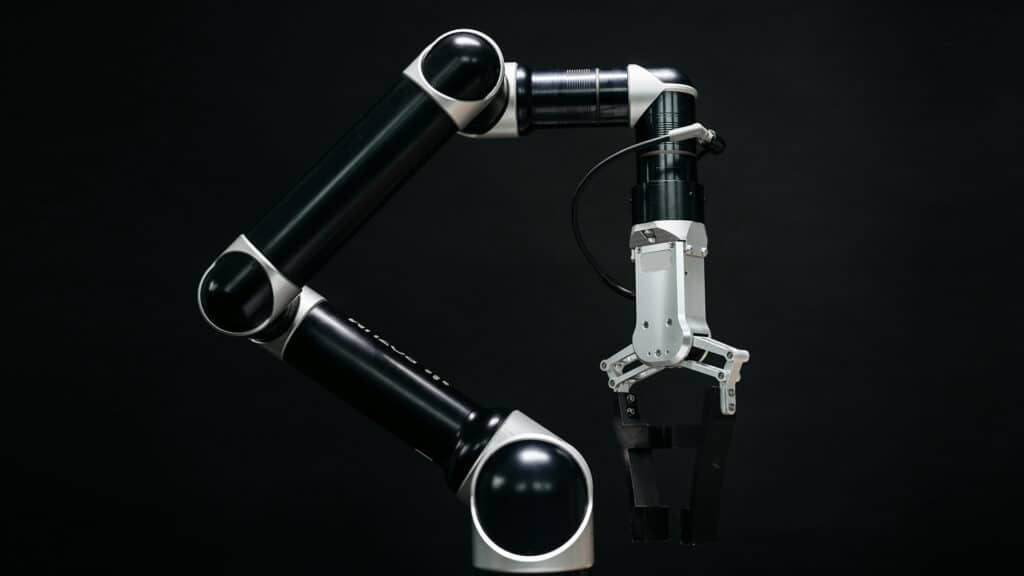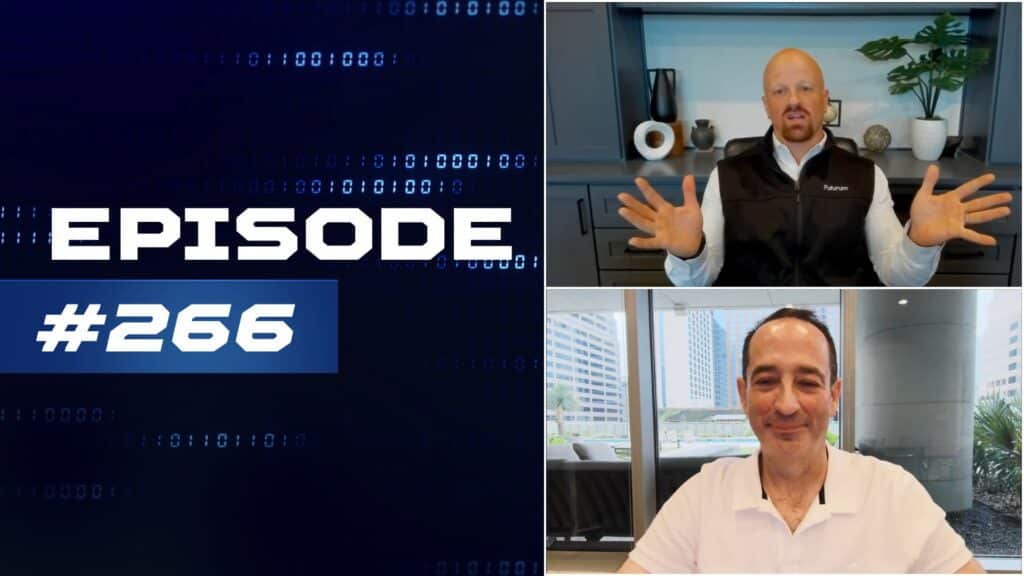The News: Hewlett Packard Enterprise (HPE) took the opportunity presented by Mobile World Congress (MWC) 2024 in Barcelona to provide its strategic approach to the telco sector. Read CEO Antonio Neri’s thoughts on the HPE blog website.
MWC24: HPE Readies Telcos for AI, 6G, and More
Analyst Take: In an era where digital transformation dictates the pace of advancements across industries, the telecommunications sector stands at the cusp of a significant evolution. The journey from legacy systems to modern, automated, and cloud-native platforms is not just a trend but a necessity for telecom operators aiming to harness profitability and operational efficiency. As we convene at the Mobile World Congress 2024 this week, the resonance of innovation, collaboration, and strategic foresight in telecom cannot be overstated.
HPE continues to demonstrate its unwavering commitment to this industry, echoing through our engagements with over 300 telecom customers spanning 160 countries. We met with Phil Mottram who leads the network business as EVP and GM, HPE Aruba Networking, for HPE globally, and David Stark, VP/GM Telco Solutions, while at the event, and they briefed us on where the company is going ahead of the Juniper acquisition closing later this year.
For instance, during MWC24, HPE unveiled it is collaborating with TELUS to build its breakthrough 5G Open RAN network by providing infrastructure across 3,000 sites. Upon completion, the new TELUS Open RAN 5G network can provide instantaneously responsive connectivity that augments the customer experience through speedier mobile access and connectivity.
HPE ProLiant DL110 Gen11 servers underpin the TELUS launch, providing the virtualized foundation to deliver next-gen cellular connectivity to urban and rural Canadians. The HPE servers deliver the Open RAN infrastructure integral to ensuring TELUS with the interoperability and DU capabilities key to building a scalable 5G network. Access to 5G networks is expected to transform worldwide data networks by enabling real-time internet of things (IoT) systems such as embedding AI in business and consumer applications as well as immersive extended reality (XR).
The Imperative of Network Modernization
The cornerstone of profitability and operational cost reduction lies in the modernization of networks. This transition from proprietary systems to open, automated, and cloud-native platforms is paramount. The standards set forth by 5G are designed to empower operators with the capability to deploy innovative offerings swiftly, thereby enhancing their service delivery and customer experience.
A cloud-native network infrastructure not only enables the provision of differentiated services, such as network slicing and private 5G connectivity, but also paves the way for operators to transcend traditional connectivity roles and embrace AI-infused networks. This evolution is crucial for addressing the burgeoning demand for AI inferencing at the edge and on devices, thereby positioning telecom operators at the forefront of this technological wave.
HPE’s strategy of fostering innovation from the edge to the cloud, in collaboration with its customers and partners, aims to build solutions that are open, and efficient. From our view, the launch of HPE Telco Core Automation software exemplifies the company’s commitment to enhancing operational efficiency through AI, while its pending acquisition of Juniper Networks signifies HPE’s ambition to integrate and innovate further within the networking industry.
Convergence of Networking Technologies
The trajectory towards networking technology convergence is clear. End-users and customers demand universal connectivity characterized by speed, security, and robust capabilities, irrespective of their location. HPE’s acquisition of Athonet last year, and the subsequent integration of Athonet’s technology into HPE’s portfolio, underscores its acumen in providing flexible connectivity solutions. Already Athonet solutions support 500 P5G customers and 25 CSPs across 10 countries. The amalgamation of Wi-Fi and private 5G technologies, managed through a unified platform, signifies a leap towards fulfilling the evolving connectivity needs of HPE’s customers.
We see HPE meeting its portfolio development vision of delivering unified Wi-Fi and private 5G (P5G) solution. This includes provisioning and deploying P5G from a centralized dashboard for streamlined and familiar configuration and installation alongside unifying security, visibility, and management that enables IT departments to apply and manage role-based policies throughout the combined P5G and Wi-Fi networks including on-prem, hybrid, and cloud environments.
AI as the Catalyst for New Revenue Streams
The narrative that the true potential of 5G extends beyond consumer applications and into the business domain is increasingly regaining traction. AI emerges as the “killer application” that could revolutionize the telecom industry, transforming the way operators leverage their 5G investments. With AI demanding substantial compute and network resources, telecom operators are distinctly positioned to offer competitive solutions, especially for AI inferencing at the edge, compared to traditional cloud providers.
HPE, alongside Juniper, envisions a unified portfolio that bridges the gap between telecom and enterprise networks, offering a flexible suite of solutions for AI inferencing, training, and hybrid cloud services. We see HPE’s expertise and innovative approach are set to alter the competitive landscape, capturing AI’s immense potential.
HPE Embraces the Future of Telecommunications: The Role of Modernization, Convergence, and AI
As we anticipate the completion of HPE’s acquisition of Juniper Networks, it is imperative to recognize the evolving technology landscape and the critical role telecom operators play within it. The need for trusted partners to navigate these changes and foster business growth is more pronounced than ever. HPE’s position as a pace setter in providing AI-native and cloud-native solutions is emblematic of the company’s commitment to supporting customers through this transition.
In conclusion, the path toward modernizing telecommunications networks, embracing the convergence of technologies, and leveraging AI for new revenue streams is fraught with challenges yet ripe with opportunities. We find that HPE’s dedication to innovation, collaboration, and customer success is unwavering. As HPE forges ahead, demonstrating portfolio development and marketing focus on empowering telecom operators to navigate the intricacies of this digital era and thrive within it, the company heralds a new chapter in telecommunications that is both transformative and sustainable.
Disclosure: The Futurum Group is a research and advisory firm that engages or has engaged in research, analysis, and advisory services with many technology companies, including those mentioned in this article. The author does not hold any equity positions with any company mentioned in this article.
Analysis and opinions expressed herein are specific to the analyst individually and data and other information that might have been provided for validation, not those of The Futurum Group as a whole.
Other Insights from The Futurum Group:
5G Factor: HPE Juniper Deal – The 5G Ecosystem Impact
HPE’s Game-Changing $14 Billion Acquisition of Juniper
MWC 2023: HPE Shrewdly Acquires Athonet to Bolster Overall Private 5G Fortunes
Author Information
Ron is an experienced, customer-focused research expert and analyst, with over 20 years of experience in the digital and IT transformation markets, working with businesses to drive consistent revenue and sales growth.
He is a recognized authority at tracking the evolution of and identifying the key disruptive trends within the service enablement ecosystem, including a wide range of topics across software and services, infrastructure, 5G communications, Internet of Things (IoT), Artificial Intelligence (AI), analytics, security, cloud computing, revenue management, and regulatory issues.
Prior to his work with The Futurum Group, Ron worked with GlobalData Technology creating syndicated and custom research across a wide variety of technical fields. His work with Current Analysis focused on the broadband and service provider infrastructure markets.
Ron holds a Master of Arts in Public Policy from University of Nevada — Las Vegas and a Bachelor of Arts in political science/government from William and Mary.
Steven engages with the world’s largest technology brands to explore new operating models and how they drive innovation and competitive edge.






